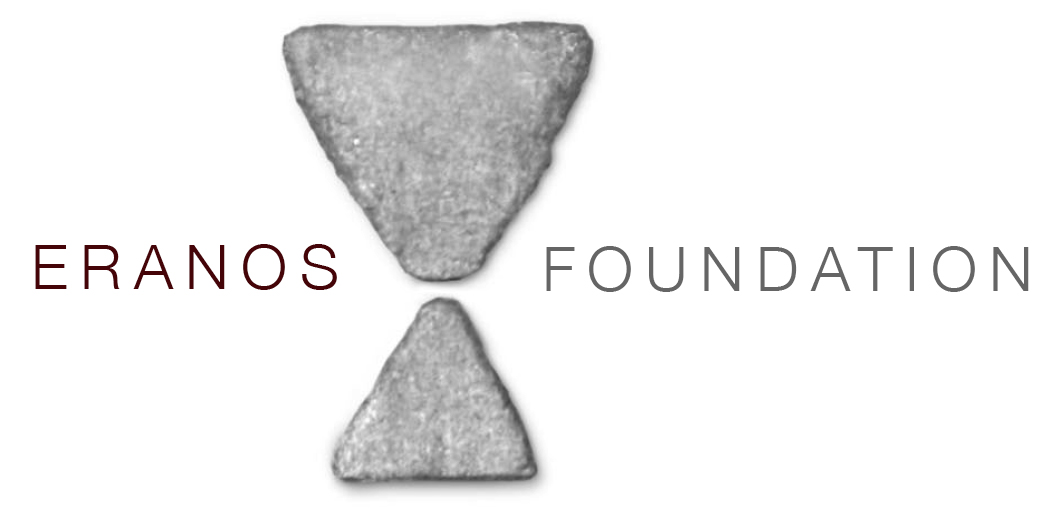Aim
Fabi Merlini says on the pagina web della fondazione:
"La presentazione delle attività della Fondazione Eranos riveste un significato particolare, che riguarda la soddisfazione di essere riusciti a dare continuità a una iniziativa prestigiosa e longeva, inaugurata oltre novant'anni fa. Si tratta di un progetto che ha saputo fare del tempo e dello spazio del pensiero il suo compito principale. Missione non certo priva di ostacoli, se solo si pone mente alla sua data di avvio – il 1933. [...]
Non è generico dire che al centro degli incontri di Eranos promossi ad Ascona-Moscia (Svizzera) vi sia stato in primo luogo – appunto – il pensiero, con lo spazio e il tempo che gli sono propizi. Il pensiero: perché, al di là dei temi affrontati anno dopo anno, è proprio di questo che si è trattato, della possibilità di far nascere un pensiero dall’incontro di studiosi di varia provenienza geografica e disciplinare.
Un pensiero che sapesse essere di più della somma delle conoscenze coinvolte (dalle scienze psicologiche alle scienze naturali, dalla filosofia alla teologia, dalla mitologia alla antropologia). Un pensiero che fosse in grado di gettare una luce più tersa sulle questioni affrontate di quanto non lo sapessero fare queste stesse conoscenze prese singolarmente."
Activities
The Eranos Foundation organises annual interdisciplinary conferences "in the fields of comparative science of religions, moral sciences, and natural sciences" and publishes a yearbook.
Board and Staff
- Fabio Merlini, chairman of the board
- Maurizio Checchi
- Paola Costantini
- Claudio W. Metzger
- Sandro Rusconi
- Riccardo Bernardini, scientific secretary
"Eranos"
On the website, we find the following explanation:
"Eranos was a project of Olga-Fröbe Kapteyn’s (1881–1962), which came into being on the banks of Lake Maggiore at Ascona–Moscia. As its name reflects, eranos (Gr. “banquet”) was a place and occasion where contributions were liberally offered at the table by attendees. Its goals were to create a “place of encounter and experience” and a “free space for the spirit”, where Eastern and Western thought could meet. Eranos modeled the annual international interdisciplinary Conference (Eranos Tagung) with traces of Italian Renaissance style, the intellectual circles of German Romanticism, and the great salons of Europe in the 1800’s. Eranos began with an ambitious program of annual Conferences held at Casa Eranos. Originally, each Conference lasted about ten days, typically during the second half of August or at the beginning of September. The lectures, which lasted about two hours, were given by the speakers in their mother tongue, without translation. An ancient gong, played with a slow and severe cadence, attracted speakers and the public for the beginning, the suspension, or the resumption of the speeches. Since the 1940s, the “formal” part of the Conference was complemented by “informal” discussions, reserved for a smaller group of speakers and a few other guests, on the terrace of Casa Gabriella. The group gathered around a large green Round Table under two tall cedar trees facing the Lake Maggiore. A stone sculpture with the inscription, genio loci ignoto (“to the unknown genius of the place”), stood in the background."
Programme
2024
2025
The Art of the Self. The Blue Book of Olga Fröbe-Kapteyn, founder of Eranos. By Riccardo Bernardini.
Convinced that “The deepest things in human life. . .can only be expressed in images,” Olga Fröbe-Kapteyn documented in her “Blue Book” the forms of imagination of a creative and independent subjectivity, capable of holding together the identities of woman, mother, scholar, artist, and spiritualist.
red more here!
15.10.2025
Reception, Lecture & Dinner at the historic Zunfthaus zur Schmiden.
16.10.2025
Lecture and light Lunch at Foyer St. Anton
Registration by 8.10.2025
https://www.eranosfoundation.org/project.php?proj=140
